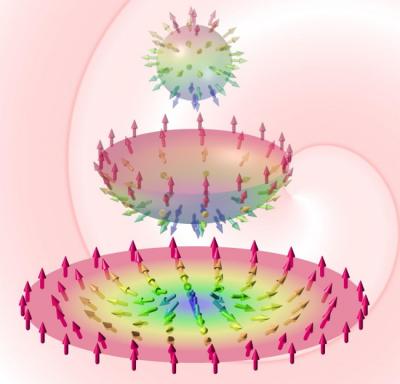Researchers receive grant to develop next-generation highly efficient spintronics-based AI hardware
Researchers from Aarhus University in Denmark received a EUR 4.4 million grant from the EU FET to develop novel spintronics-based AI hardware. The researcher say that their suggested design can end up having 100,000 times the performance of the state-of-the-art AI systems of today.

The project, called SpinAge, will revolve around a neuromorphic computer system (NCS) design that is unique, scalable and highly energy efficient (the researchers estimate that the new design will be more efficient than current designs by at least a factor of 100). The synaptic neurons in this system will be based on spintronics technology.

